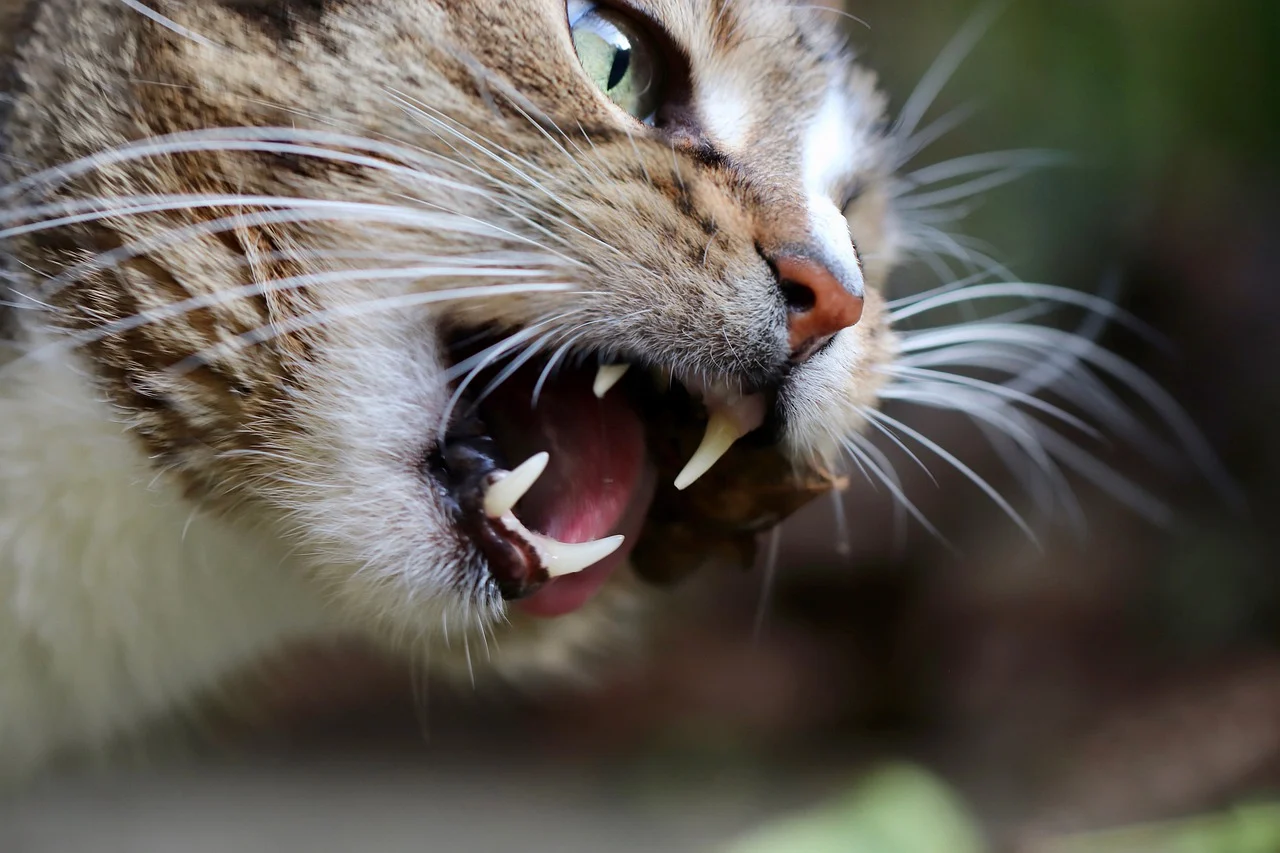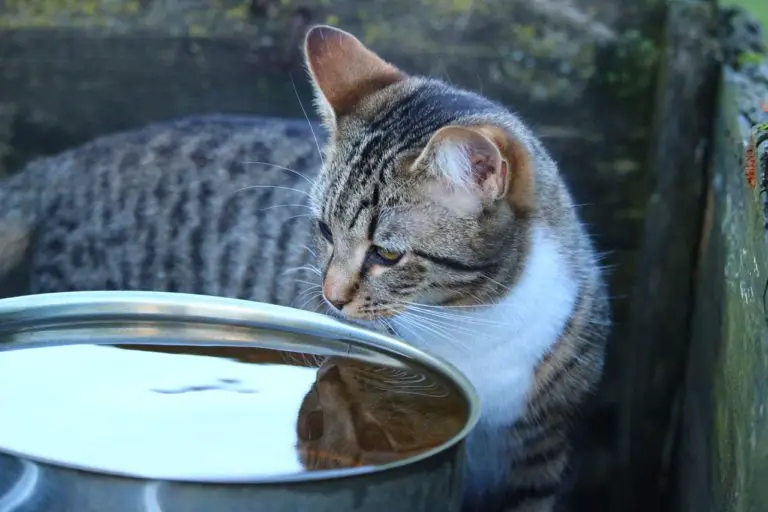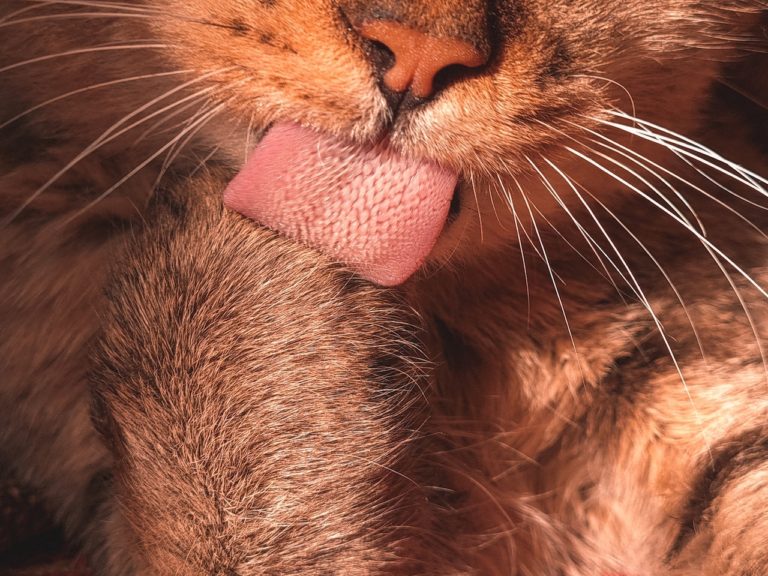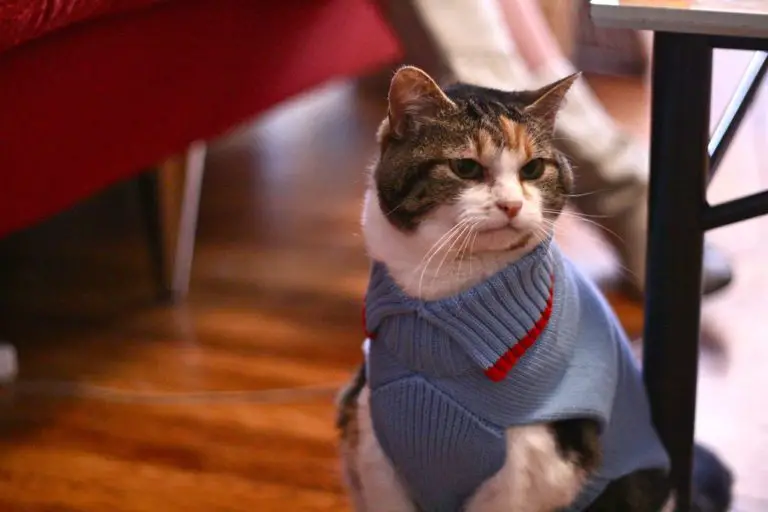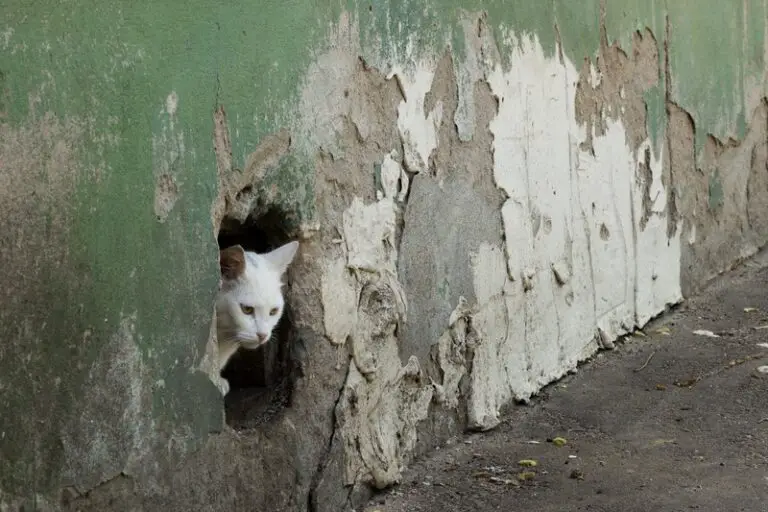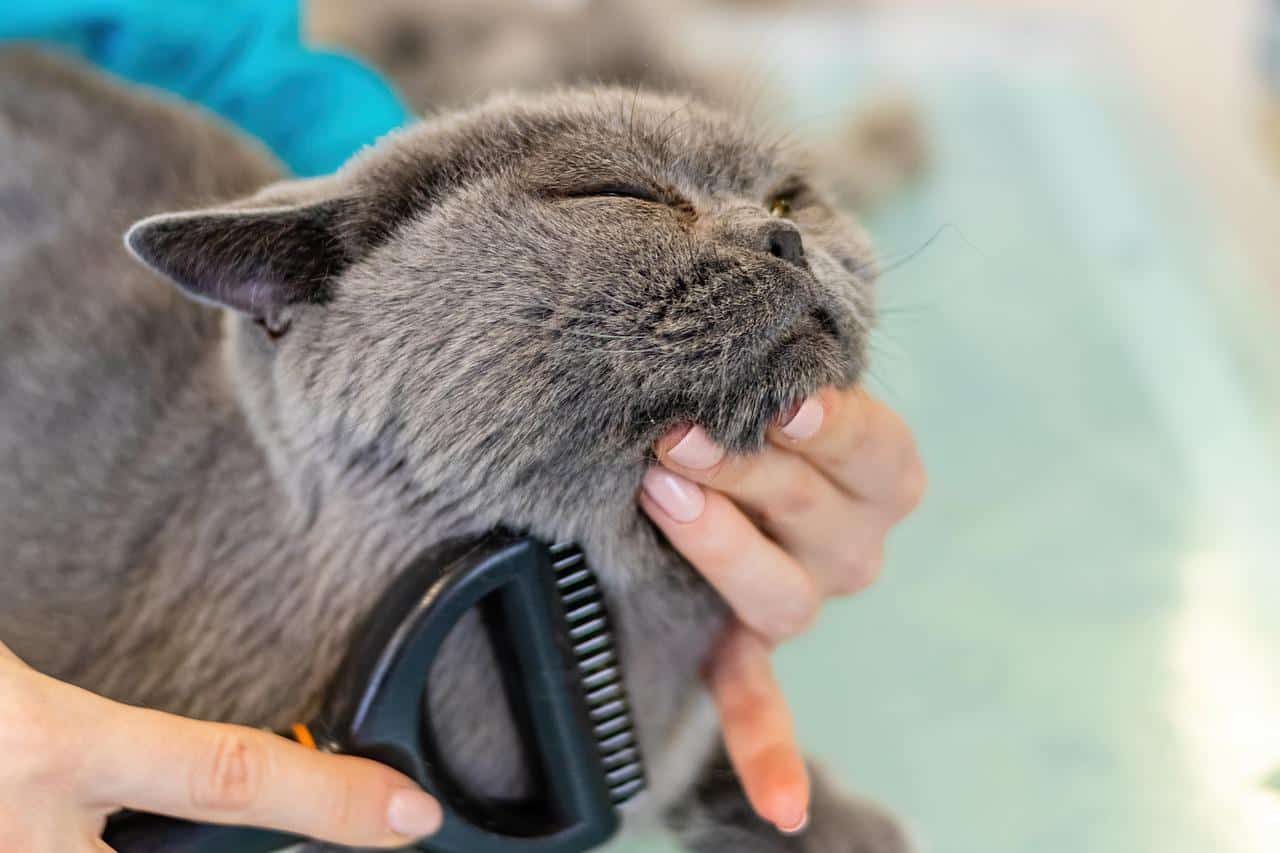
Cats have a different grooming routine than dogs. Instead of taking them to the groomer, you can give your cat a haircut at home. It’s easy to do and will save you money.
Cats generally have a lot of fur. Their coats help protect them from the elements and help keep them warm. Cats shed all of their fur at once each year, but the amount of shedding varies from cat to cat. If your cat has a medium-length or long coat, he may need grooming every few months to keep him looking his best.
Just like people, cats shed their hair. In fact, it’s estimated that cats lose about 100 hairs per day! This may not seem like much, but over time this adds up to an awful lot of hair. And all that shedding leads to clumps of fur all over your house and clothing.
If your cat has long fur, chances are it will eventually get tangled up in knots and mats which can get pretty painful for kitty if they’re not regularly groomed out. These mats can also lead to skin infections due to bacteria buildup on the skin underneath them.
Should I Trim My Cat’s Hair?
The answer depends on your cat’s breed and how much hair she has. In general, cats with long hair should be trimmed at least once or twice a year to prevent matting or tangling.
If you have a long-haired cat, you may be wondering if it’s time to start trimming their fur. Long-haired cats can look beautiful and luxurious, but they also require more maintenance than short-haired cats.
Trimming your cat’s hair at home is an easy task that even the most novice pet parent can do. By following these simple instructions, you can keep your cat looking great and feeling comfortable.
The main reason why many people choose to trim their cat’s hair is because it makes them feel better about themselves! It is well known that cats hate being brushed or combed; however, when they are shaved they don’t mind so much. A shaved kitty is much more likely to sit still while you brush them than one with long fur!
The truth is that your cat’s coat does not grow as fast as human hair does, so it can become matted and dirty if left untreated. Not only does this make your cat look unkempt, but it can also cause him pain and discomfort because of the mats.
What Happens if You Don’t Groom Your Cat?
If you’re wondering what happens if you don’t groom your cat, it’s time to stop procrastinating. Cats need regular grooming just like people do. If you don’t brush your cat’s fur and clean his ears, he might develop painful skin irritations or infections.
Grooming your cat is a great way to bond with him and keep him healthy. If you can’t brush your cat every day, at least do it every other day and pay special attention to his stomach and private parts (the perineal area). This area needs extra care because the skin in this region is very sensitive, even more so than most other parts of the body.
If your cat isn’t groomed regularly, he or she may develop skin problems such as ringworm or mange. Ringworm is an infection caused by a fungus that can be transmitted from person to person or from animal to animal; it’s also highly contagious among cats with poor immune systems.
Mange is caused by tiny mites that burrow under the skin; symptoms include scratching and hair loss. Both conditions are treatable but require veterinary intervention because they spread quickly among cats that aren’t groomed regularly.
Do Cats Need to Be Groomed Professionally?
Cats are very clean animals, and they groom themselves regularly. If you have a long-haired cat, however, you may need to brush it regularly to keep the coat healthy and shiny.
The majority of cats don’t need professional grooming. However, if your cat has matted hair or is prone to skin problems, it might be beneficial for you to take it to your local vet or a certified groomer for a professional grooming session every few months.
Cats, like dogs, can be groomed professionally. Your vet or a groomer can show you how to brush your cat and keep her coat clean and healthy.
Brushing your cat’s coat helps to keep the fur healthy and shiny. If not brushed regularly, a cat’s fur can become matted and dirty. The longer the hair is allowed to grow without being brushed out, the more difficult it will be to remove mats from your cat’s coat later on.
Brushing your cat also helps remove loose hair that may fall out of her coat onto furniture, carpets and clothing. Brushing is especially important if you have an older cat with a thinning coat as this type of fur tends to shed more easily than younger cats with thick coats do.
Cats that are allowed to roam outdoors will naturally groom themselves by scratching the earth and rolling in dirt, which helps remove loose hair and keeps the skin healthy. When you bring an indoor cat inside and it isn’t allowed to roam outside, you’ll need to help it maintain its coat.
How Often Do Cats Need Haircuts?
If you’re wondering how often your cat should get a haircut, the answer is that it depends. Cats can have different hair lengths depending on their breed and even within breeds. Some cats have longer coats than others and some may need to be brushed or combed more often.
If you have long hair cats, you may think they need frequent haircuts to keep their fur under control. But it turns out that long-haired cats actually don’t need them as often as their short-haired counterparts.
Cats with long hair will require more grooming than those who have short fur. Long-haired cats need their nails clipped regularly and their ears kept clean to prevent ear infections from occurring.
If your cat has short fur, you won’t need to groom it as often as those who are covered in long hair. You’ll only need to brush them once or twice per week for 10 minutes at a time in order for them to remain comfortable and healthy looking when you don’t want them shedding all over your house!
If your cat has a long coat, then you should probably get him a haircut every 6 to 8 weeks. If he has a short coat, then it’s okay if he gets one every 12 weeks or so.
You should also consider whether or not your cat likes being brushed or groomed before deciding on a schedule for haircuts. If he doesn’t like the process, then stick with the less frequent option until he gets used to being brushed and groomed properly.

